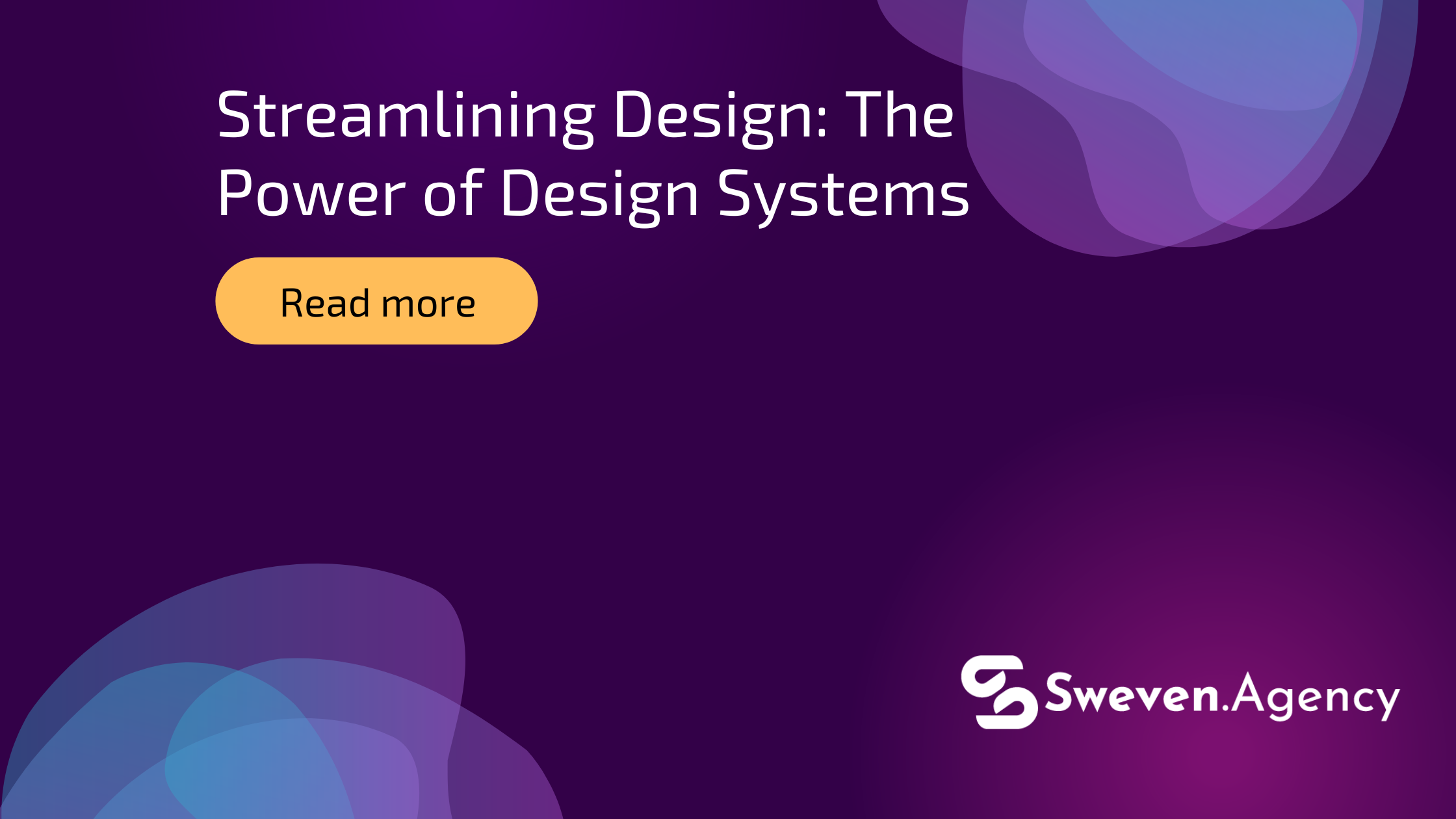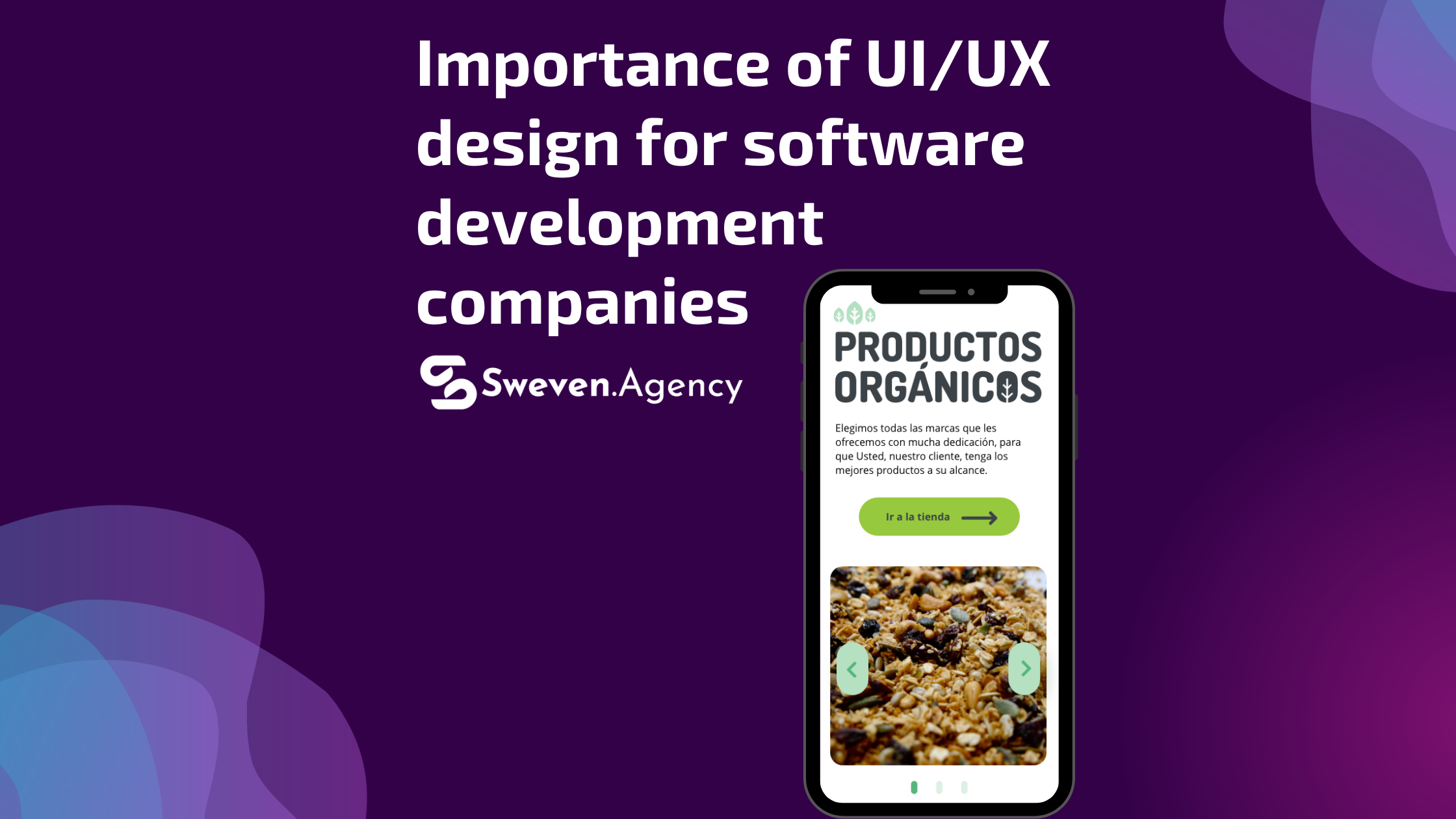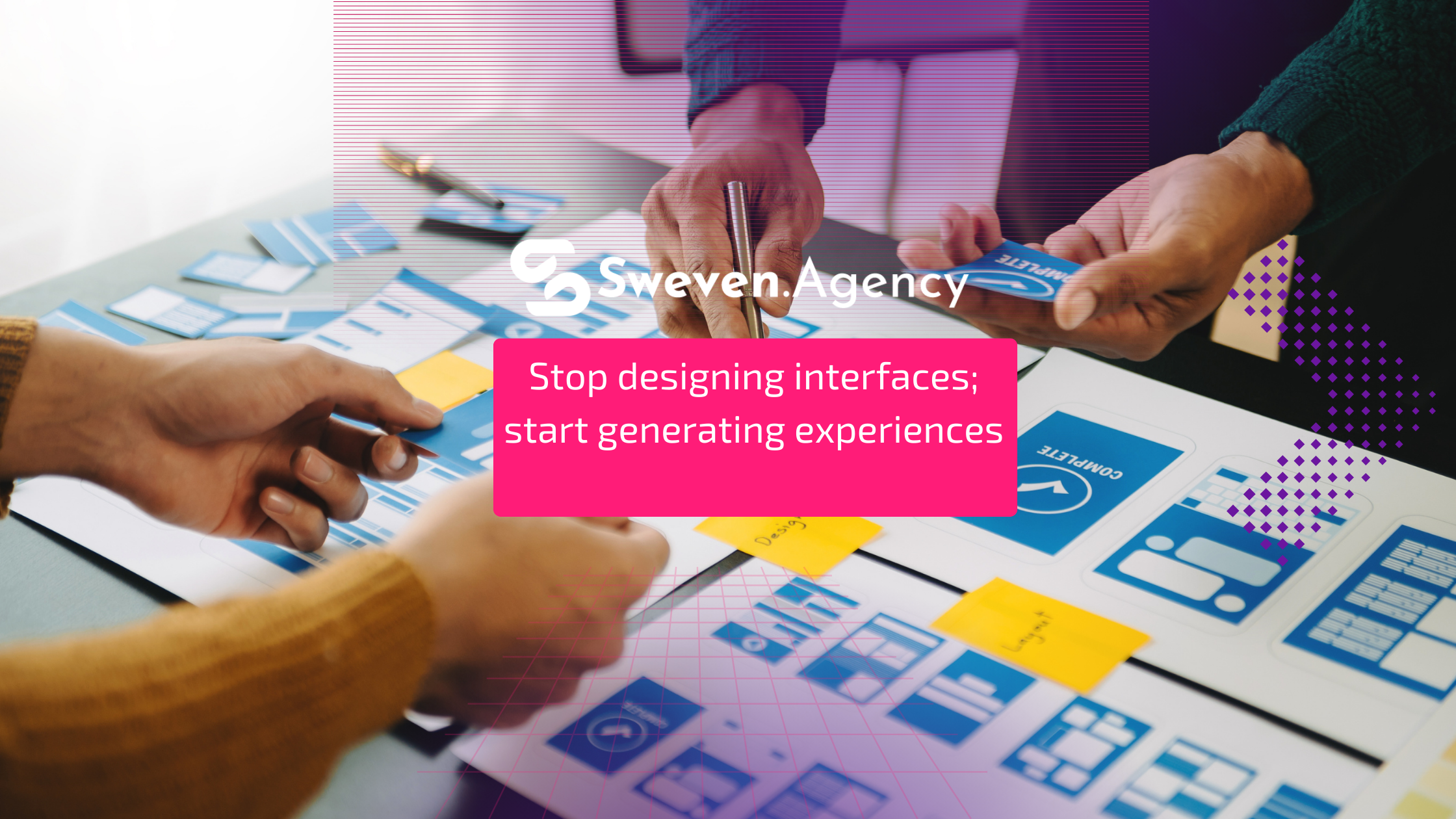In today’s fast-paced digital landscape, creating consistent, intuitive, and visually appealing user experiences is paramount for the success of any business. Whether it’s a website, mobile app, or software platform, users expect seamless interactions that enhance their journey. This is where design systems and best practices come into play, serving as a foundational framework for delivering cohesive and effective design solutions. Sweven Agency, a leading UX/UI agency in Costa Rica, understanding the significance of design systems and implementing best practices has been instrumental in our success.
Understanding Design Systems
A design system is a comprehensive collection of reusable components, guidelines, and standards that govern the creation of digital products. It encompasses everything from typography and color schemes to interface elements and interaction patterns. By establishing a centralized repository of design assets and guidelines, design systems enable teams to work more efficiently, maintain consistency across projects, and expedite the design and development process.

Benefits of Design Systems
- Consistency: Design systems ensure uniformity in design elements and interactions, fostering a cohesive brand identity and user experience across all touchpoints.
- Efficiency: By providing pre-built components and guidelines, design systems streamline the design and development process, reducing duplication of effort and saving time and resources.
- Scalability: As businesses grow and evolve, design systems facilitate scalability by allowing teams to easily adapt and expand existing components to meet new requirements.
- Collaboration: Design systems promote collaboration among cross-functional teams, fostering alignment and communication throughout the design and development lifecycle.
- Accessibility: Incorporating accessibility standards into design systems ensures that digital products are inclusive and usable by individuals with diverse needs and abilities.
Implementing Best Practices
While design systems offer numerous benefits, their effectiveness relies on the implementation of best practices tailored to the unique needs and goals of each organization. Here are some key best practices that we adhere to at Sweven Agency:
- Define Clear Guidelines: Establish comprehensive design guidelines that cover typography, color usage, spacing, and other key design principles. These guidelines serve as a reference for designers and developers, ensuring consistency and coherence in design execution.
- Modular Approach: Adopt a modular approach to design system development, breaking down components into reusable building blocks that can be easily assembled and customized to meet specific project requirements.
- User-Centered Design: Prioritize user-centered design principles throughout the design system development process, placing the needs and preferences of end-users at the forefront of decision-making.
- Iterative Improvement: Design systems are not static; they should evolve and improve over time. Encourage a culture of continuous iteration and refinement, soliciting feedback from stakeholders and users to identify areas for enhancement.
- Cross-Functional Collaboration: Foster collaboration and communication among design, development, and product teams to ensure alignment and coherence across disciplines. Regular cross-functional workshops and reviews can facilitate knowledge sharing and consensus building.
In today’s competitive digital landscape, the implementation of design systems and best practices is essential for delivering exceptional user experiences and driving business success. At Sweven Agency, we recognize the transformative power of design systems in creating consistent, intuitive, and visually compelling digital products. By adhering to best practices and embracing a collaborative mindset, we continue to elevate our design capabilities and exceed the expectations of our clients and their users. As businesses continue to prioritize user experience as a key differentiator, investing in design systems and best practices will undoubtedly yield long-term dividends in terms of brand loyalty, customer satisfaction, and business growth.






